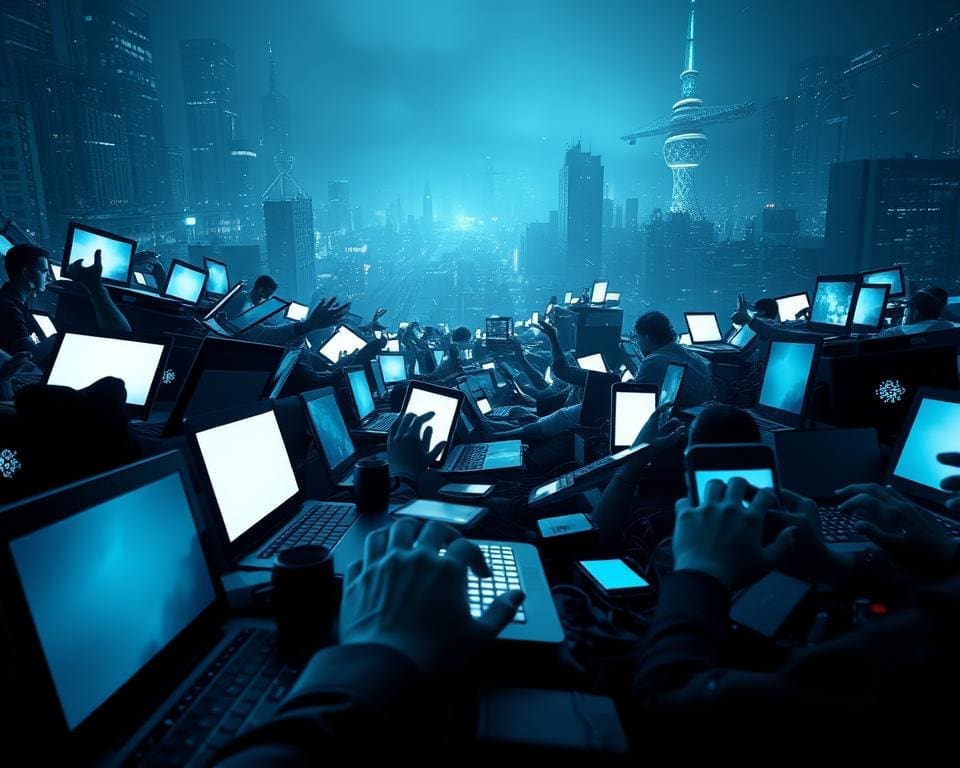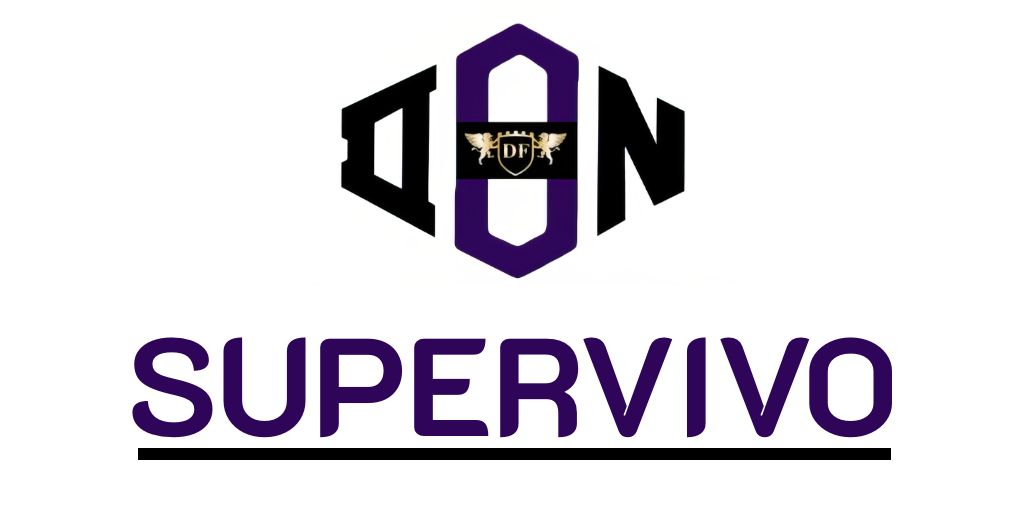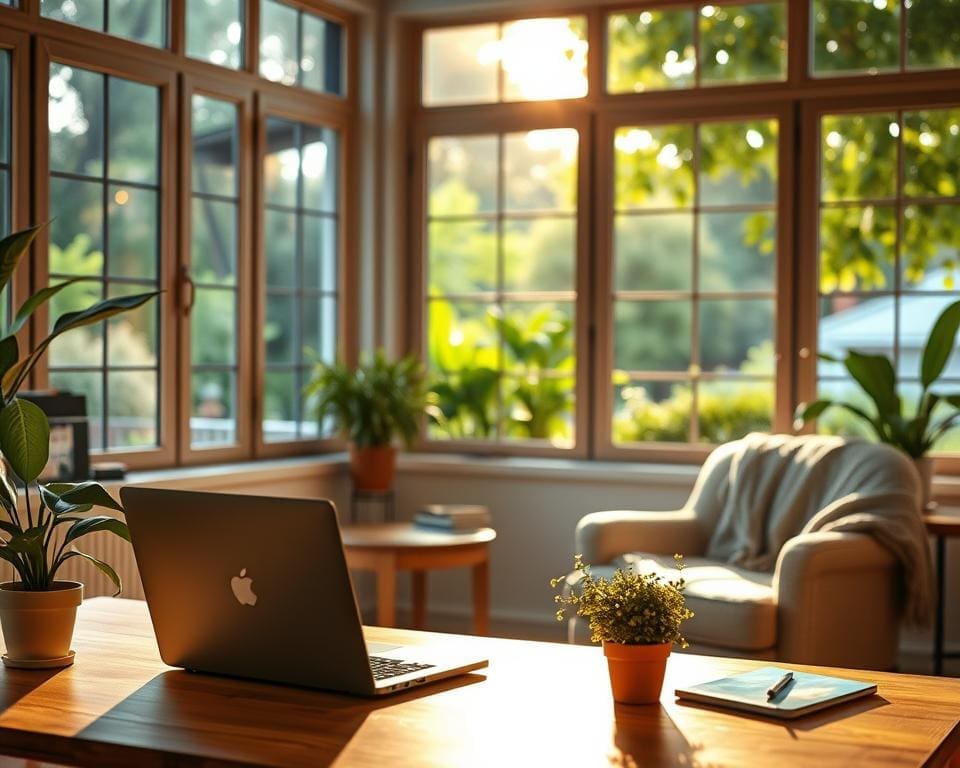In today’s fast-paced digital age, achieving a harmonious work-life balance has become vital for maintaining mental health and enhancing productivity. The rise of remote work, particularly accelerated by recent events, has blurred the lines between our professional obligations and personal lives. As we navigate this landscape, prioritising digital well-being emerges as a necessity. We must adapt and develop effective strategies that support both professional success and personal contentment, ensuring we thrive in both realms.
The Importance of Balancing Work and Well-being in a Digital World
In today’s fast-paced environment, balancing work and well-being presents a significant challenge. Understanding the dynamics of digital workspaces enables individuals to navigate through various digital stressors while prioritising their mental health. Awareness of the technology effects that affect daily productivity can foster a healthier work-life balance.
Understanding the Stressors of Digital Work Environments
Digital work environments present unique stressors that can lead to increased anxiety and burnout. Constant connectivity creates pressure to respond immediately to emails and messages, fostering a culture of ‘always on’. Key digital stressors include:
- Excessive notifications from various platforms, disrupting focus.
- Digital distractions that hinder productivity, resulting in frustration.
- The continual demand to meet tight deadlines, contributing to remote work stress.
These stressors pose a challenge not only to efficiency but also to overall well-being. Recognising these factors is crucial for developing effective coping strategies.
The Impact of Technology on Mental Health
The mental health impact of technology is profound, as research links excessive screen time to heightened levels of anxiety and depression. Studies highlight that individuals who spend extended periods on devices often face increased stress. Factors contributing to this correlation include:
- The physical toll of long hours in front of screens, causing fatigue.
- The emotional strain of navigating virtual interactions, which can feel isolating.
- The pressure to maintain an online persona, leading to unhealthy comparisons.
These technology effects illustrate the necessity of fostering a more balanced approach to work, encouraging a focus on mental health and resilience.

Strategies for Enhancing Well-being While Working Remotely
Enhancing well-being while working remotely requires intentional strategies that focus on both environment and time management. A well-organised home office setup plays a crucial role in maintaining productivity and mental clarity. Additionally, effective time management is essential for balancing personal and professional responsibilities.
Creating a Productive Home Office Space
A dedicated workspace can significantly boost concentration and productivity. Consider the following productivity tips for crafting an ideal home office setup:
- Invest in ergonomic furniture to enhance comfort and reduce physical strain.
- Ensure your space is well-lit, using natural light whenever possible.
- Keep your workspace organised and clutter-free to minimise distractions.
- Add personal touches, such as plants or artwork, to create an inspiring environment.
Time Management Techniques for Remote Workers
Mastering time management becomes essential when working remotely. Here are some effective remote work strategies to optimise your day:
- Implement the Pomodoro Technique, working in intervals of focused time followed by short breaks.
- Prioritise tasks using a daily to-do list, ensuring essential responsibilities are tackled first.
- Set specific working hours to establish boundaries between your professional and personal life.
- Regularly review your productivity to identify areas for improvement and adjust your strategies accordingly.
These approaches empower remote workers to achieve balance and maintain well-being in their daily routines.
Balancing Work and Well-being in a Digital World
Establishing clear work-life boundaries is crucial in today’s digital landscape. As remote work becomes more prevalent, it is essential to create a distinction between professional responsibilities and personal time. Setting these boundaries not only aids in stress reduction but also enhances overall well-being.
Setting Boundaries Between Work and Personal Life
To foster a healthy work-life balance, consider the following strategies:
- Define specific start and end times for your workday.
- Create a designated workspace to reinforce the boundary between work and leisure.
- Communicate your availability to colleagues and clients, ensuring they respect your time outside of work hours.
- Utilise out-of-office messages during personal time to manage expectations.
These practices contribute to a more structured daily routine, facilitating better focus and productivity, while allowing for much-needed relaxation during personal hours.
The Role of Mindfulness and Relaxation Techniques
Integrating mindfulness and relaxation techniques into your daily routine can significantly mitigate stress levels. Techniques such as meditation, deep breathing exercises, and yoga can help clear mental clutter, promote emotional resilience, and enhance focus. Studies from mental health organisations highlight the efficacy of these methodologies in supporting mental wellness.
By adopting mindfulness, individuals can cultivate a stronger awareness of their thoughts and feelings. This leads to improved decision-making and fosters a healthier response to workplace challenges. Incorporating simple relaxation techniques can make a tangible difference, promoting a balanced lifestyle that champions both productivity and personal fulfilment.
Utilising Digital Tools to Support Work-Life Harmony
In today’s fast-paced digital landscape, embracing the right technology can significantly enhance work-life harmony. Various digital tools are available that not only streamline tasks but also support overall well-being. By leveraging these tools, individuals can cultivate a more balanced approach to their personal and professional lives.
Apps and Software for Better Time Management
Time management apps play a crucial role in organising responsibilities. Tools like Trello, Todoist, and Asana are designed to help users map out tasks succinctly, allowing for improved focus and efficiency. With intuitive interfaces and features like reminders and deadlines, these apps empower users to maximise productivity while allocating time for personal pursuits.
Digital Platforms for Mindfulness and Well-being
Mindfulness apps such as Headspace and Calm offer guided sessions to foster relaxation and mental clarity. These platforms provide users with essential techniques for managing stress and enhancing overall well-being. Engaging with these apps creates opportunities for individuals to reassess their mental health and integrate calming practices into their daily routines.
The Future of Work and Well-being: Trends to Watch
The landscape of the future of work is evolving rapidly, bringing with it significant changes that emphasise the importance of well-being. As we look ahead, flexible working arrangements are becoming a norm, allowing individuals to harmonise their personal and professional lives more effectively. The remote work evolution continually reshapes our work environments, offering new opportunities for productivity while prioritising employee mental health and happiness.
Moreover, the integration of artificial intelligence is set to transform workplaces. This technology enhances workflow efficiency but also raises critical questions about job roles and employee well-being. Companies are increasingly recognising the necessity of placing mental health initiatives at the forefront of their policies, providing benefits that support their workforce’s emotional and psychological health. Industry reports highlight these well-being trends as essential for attracting and retaining talent in this competitive landscape.
As digital health becomes a focal point, we can expect to see the emergence of tools that facilitate workplace wellness. Employers are expected to invest in solutions that not only boost productivity but also safeguard their employees’ mental well-being. The future of work aligns closely with a commitment to ensuring that technology serves as a bridge to healthier, more fulfilling work experiences, paving the way for a generation of workers that prioritise well-being alongside achievement.









